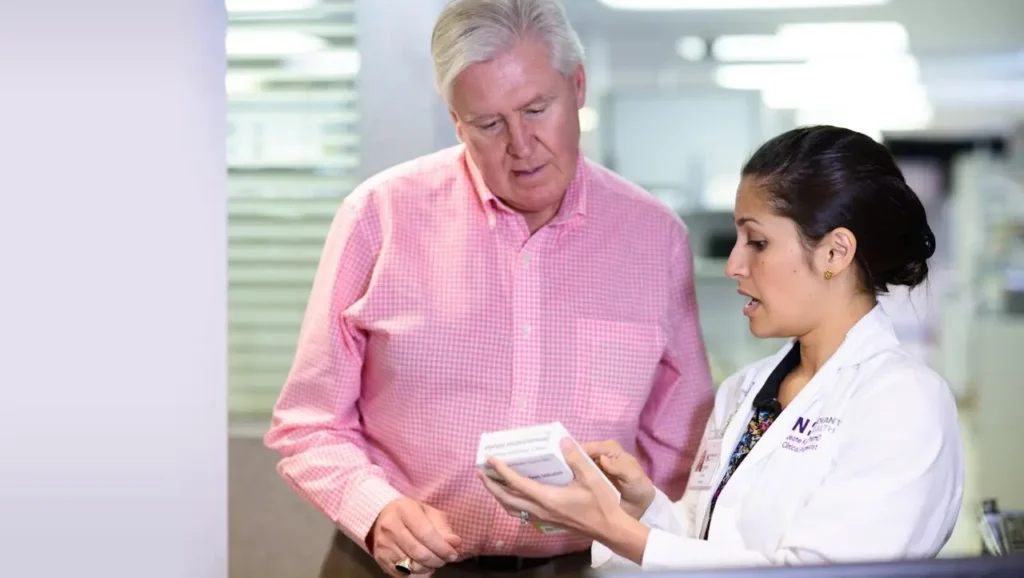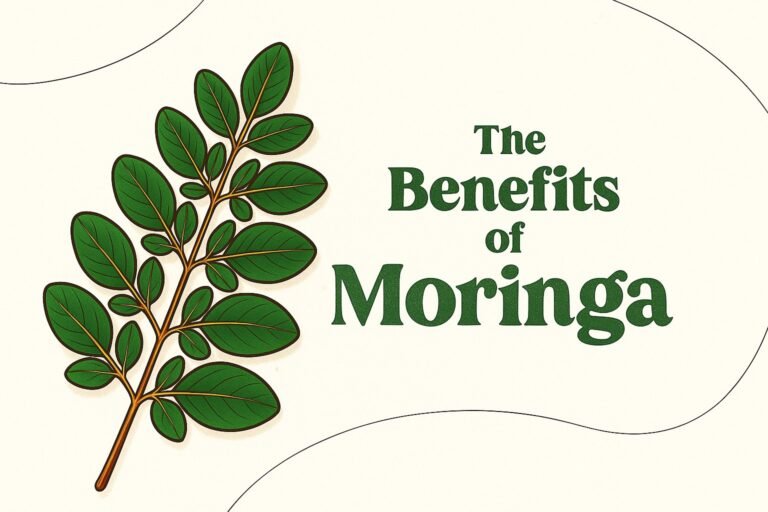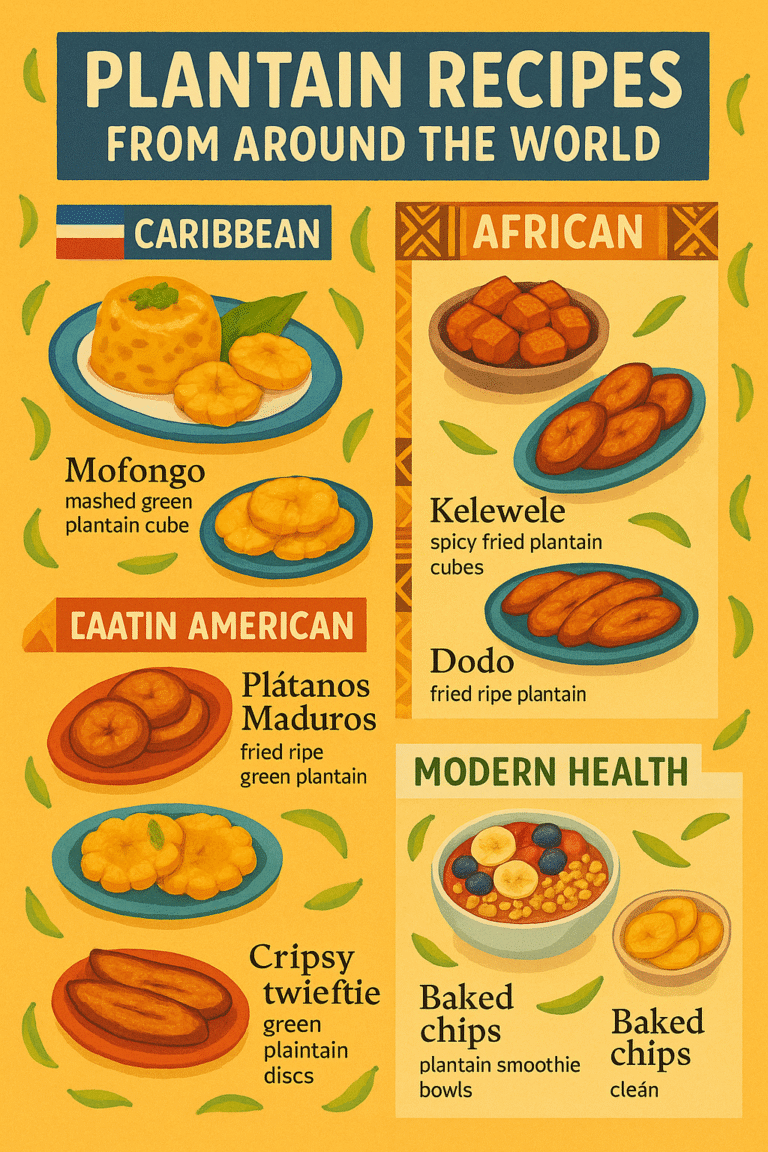Medical Disclaimer: This article is for educational and informational purposes only and is not intended as medical advice. The information provided should not be used for diagnosing or treating a health condition or disease. Always consult with a qualified healthcare professional before making any changes to your diet, especially if you have existing health conditions, food allergies, or are taking medications. Individual results may vary.
Published on TheHolisticLife-Hub.com | Educational and Informational Content Only
When Sarah Martinez received her diabetes diagnosis, her doctor prescribed metformin. But Sarah, who had grown up watching her grandmother use traditional remedies, also wanted to explore herbal options. Today, under the coordinated care of her pharmacist, Dr. Jennifer Kim, and clinical herbalist Maria Santos, Sarah successfully manages her blood sugar with both metformin and carefully monitored bitter melon extract—a collaboration that would have been unthinkable just a decade ago.
This coordinated approach represents healthcare’s most significant evolution: the integration of pharmaceutical expertise with traditional herbal wisdom. Approximately thirty-eight percent of those who used herbals also used prescription medications, and 42% of those who used herbals also used an over-the-counter medication, yet most patients navigate this complex terrain without professional guidance.

The Evolution from Medical Silos to Collaborative Care
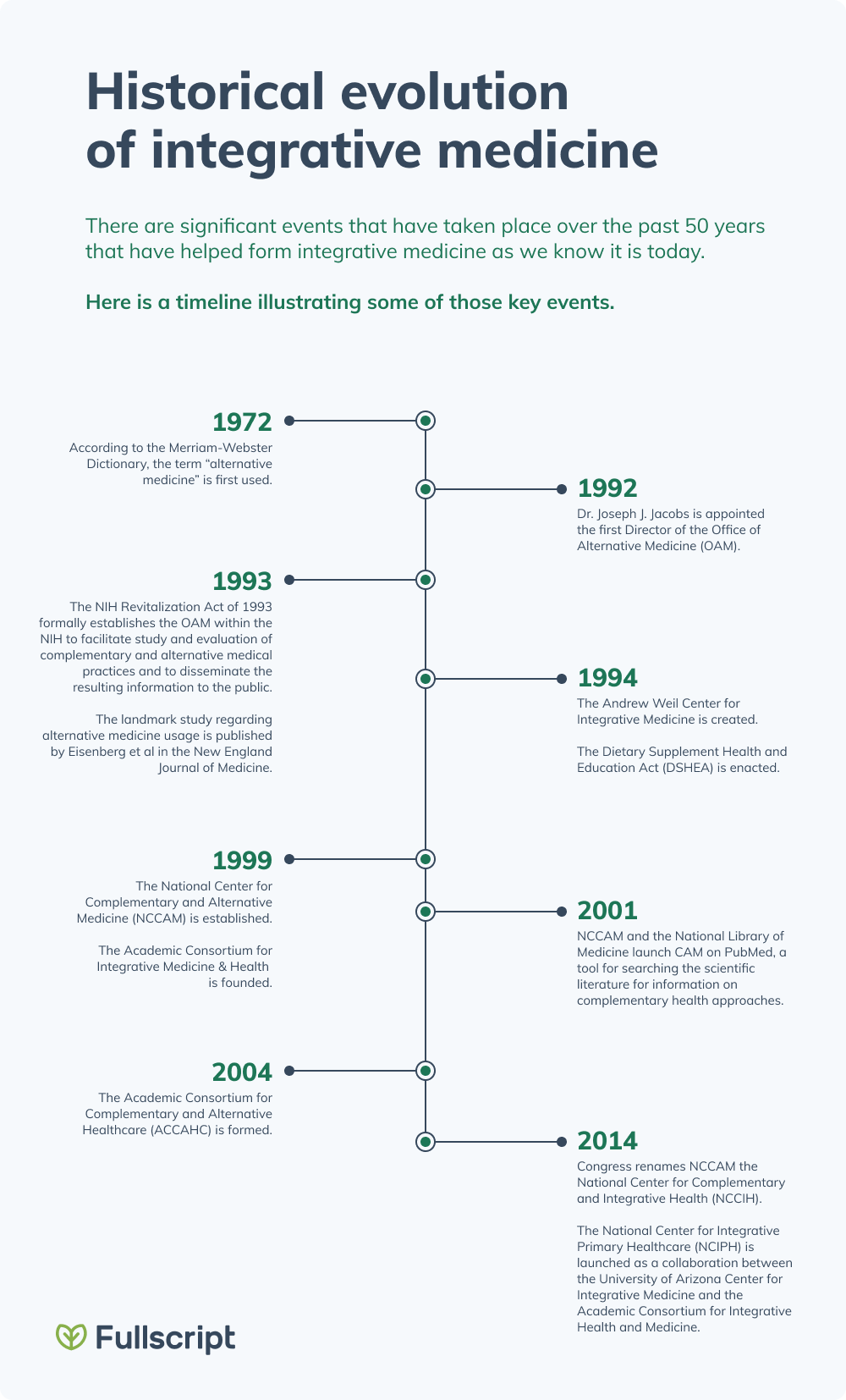
Healthcare has traditionally operated in rigid silos—conventional medicine on one side, alternative practices on the other. This separation left patients like Sarah caught between two worlds, often hiding their herbal use from doctors or abandoning proven medications for unvalidated alternatives.
The landscape is changing rapidly. Pharmacists can work alongside integrative health dietitians and naturopathic doctors at institutions like UC Irvine’s Susan Samueli Integrative Health Institute, where pharmacy students receive training in integrative approaches. This shift reflects growing recognition that combining herbs and prescription medications may improve health outcomes.
Consumer demand drives this integration. Americans spend over $40 billion annually on complementary and alternative medicine, with herbal supplements representing the largest segment. Yet only 25% of pharmacists reported that they always discuss side effects, and 19% reported that they always discuss herb-drug interactions when patients are using herbal medicines.
Meet the Modern Healthcare Dream Team
The Evolved Pharmacist

Dr. Jennifer Kim represents the new generation of pharmacists expanding beyond traditional dispensing roles. Pharmacists practicing integrative medicine do not transition from the role of the pharmacist but rather expand it. After completing her PharmD, Dr. Kim pursued additional certification in herbal medicine through the American Herbalists Guild.
“My pharmaceutical training gives me deep knowledge of drug mechanisms and interactions,” explains Dr. Kim. “Adding herbal medicine knowledge allows me to help patients use both safely together.” Her expertise proves invaluable when patients present with complex medication regimens that could interact with herbal supplements.
Modern pharmacists like Dr. Kim understand that nearly 25% of U.S. adults report concurrently taking a prescription medication with a dietary supplement, making interaction awareness crucial for patient safety.
The Clinical Herbalist
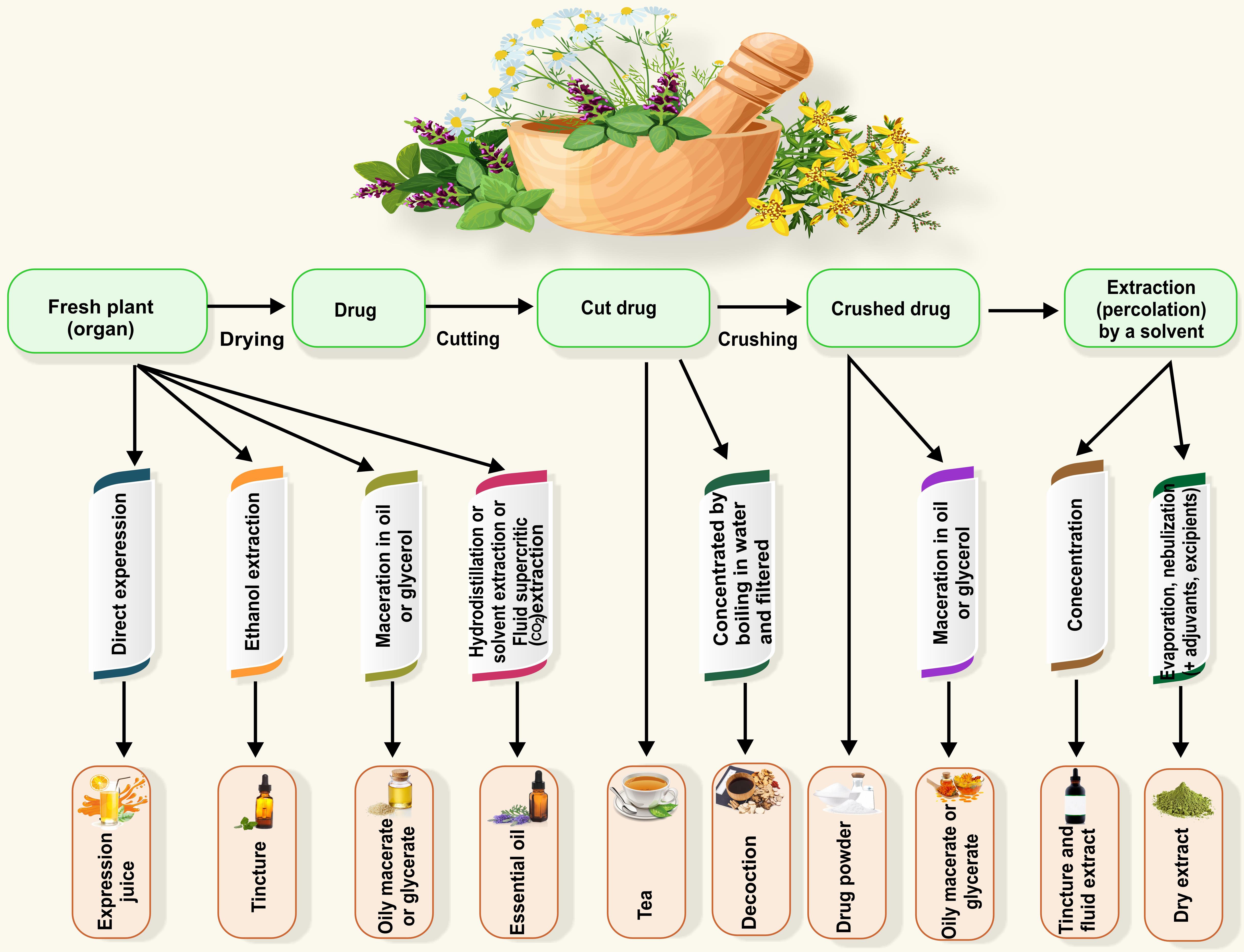
Maria Santos, a licensed herbalist with the American Herbalists Guild, brings centuries-old plant wisdom into modern clinical practice. Unlike the stereotypical image of herbalists as alternative practitioners operating outside mainstream medicine, Maria works directly within integrative healthcare settings.
Her training includes four years of clinical herbal medicine education, covering plant pharmacology, constitutional assessment, and most importantly, how traditional remedies interact with pharmaceutical medications. “I’m not replacing conventional medicine,” Maria explains. “I’m working with it to give patients more comprehensive healing options.”
How Professional Collaboration Works in Practice

The partnership between Dr. Kim and Maria follows structured protocols ensuring patient safety while maximizing therapeutic benefits.
The Integrated Consultation Process
- Initial Assessment: Both professionals evaluate the patient independently, with Dr. Kim focusing on pharmaceutical history and Maria conducting a constitutional assessment
- Professional Consultation: The team reviews findings, identifying potential interactions and synergistic opportunities
- Coordinated Treatment Plan: They develop integrated protocols specifying timing, dosages, and monitoring parameters
- Ongoing Monitoring: Regular check-ins track progress and adjust treatments as needed
Real-World Success Stories
Tom’s Cholesterol Management: At 58, Tom needed to lower his cholesterol but experienced muscle pain from statins. Working together, Dr. Kim reduced his statin dose while Maria added red yeast rice and hawthorn. Clinical herbal pharmacists collaborate with oncologists and patients to integrate herbal formulas, such as traditional Chinese medicines (TCMs), into treatment regimens. Tom’s cholesterol improved while his muscle pain disappeared.
Linda’s Anxiety Treatment: Linda’s SSRI helped her anxiety, but caused sexual side effects. The team maintained her medication while adding passionflower and lemon balm, which complemented the pharmaceutical’s action while reducing unwanted effects.
Robert’s Pain Management: Chronic back pain had Robert dependent on NSAIDs, risking stomach issues. The team gradually reduced his ibuprofen while incorporating turmeric and willow bark, maintaining pain relief with fewer side effects.
Enhanced Safety Through Professional Expertise
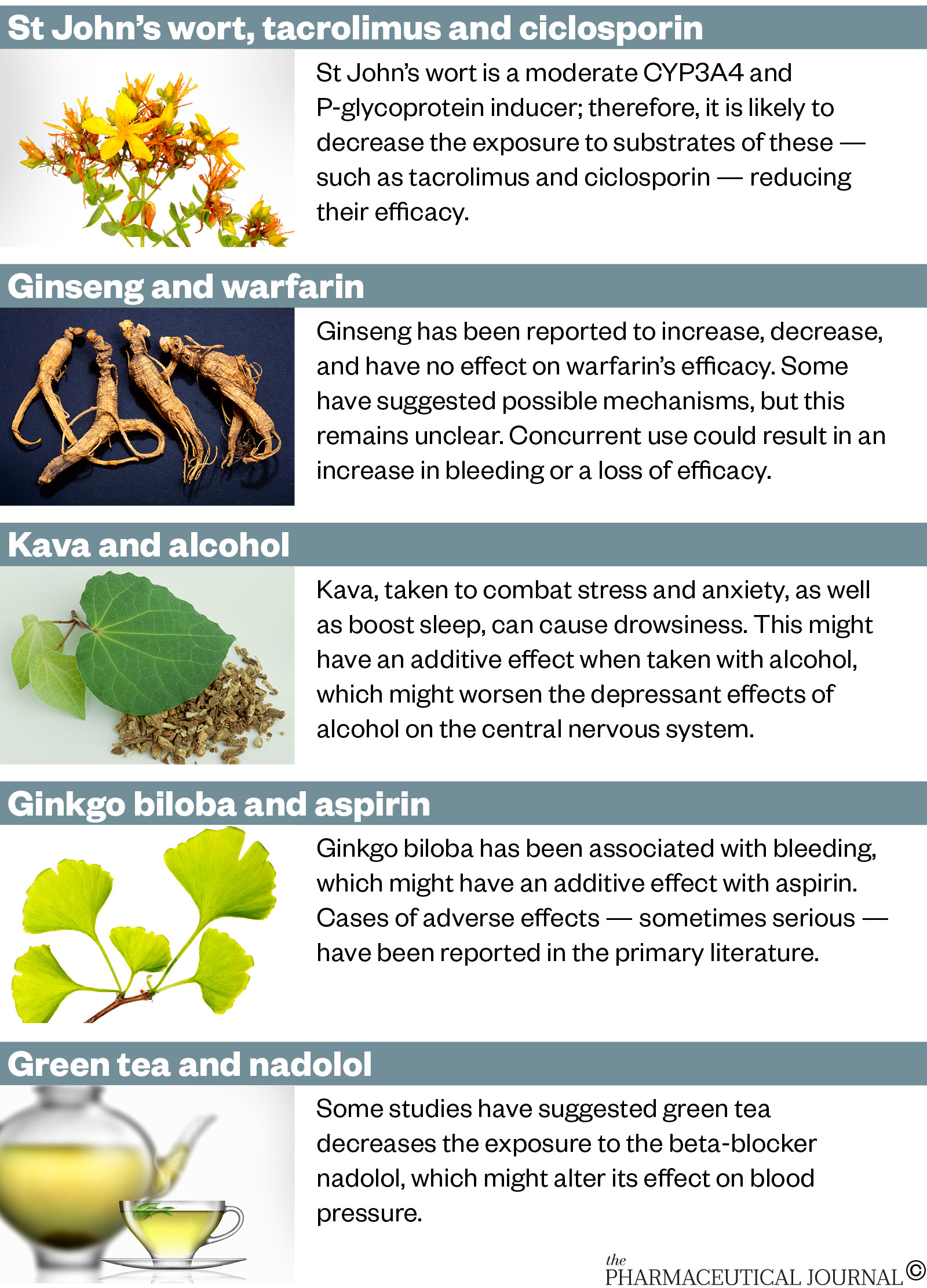
The collaboration addresses healthcare’s most pressing safety concern: unmonitored herb-drug interactions. Some supplements, such as St. John’s wort and goldenseal, are known to cause clinically important drug interactions and should be avoided by most patients receiving any pharmacologic therapy.
Professional oversight prevents dangerous combinations while identifying beneficial synergies. Pharmacist interventions were accepted by both providers and patients (94%) in recent studies, demonstrating high acceptance of collaborative approaches.
Common Interactions Prevented Through Collaboration
- St. John’s Wort: Can reduce the effectiveness of birth control, antidepressants, and blood thinners.
- Ginkgo: May increase bleeding risk when combined with anticoagulants
- Grapefruit: Affects the metabolism of numerous medications, including statins and blood pressure medications
- Garlic Supplements: Can enhance the effects of anticoagulant medications
The team’s combined expertise identifies these risks before problems occur, adjusting dosages or timing to maintain safety while preserving therapeutic benefits.
Benefits for Modern Patients
Personalized Treatment Approaches
Unlike one-size-fits-all medicine, the pharmacist-herbalist partnership creates truly individualized care. Maria’s constitutional assessment identifies each patient’s unique needs, while Dr. Kim ensures pharmaceutical compatibility. This approach recognizes that optimal healing requires addressing both symptoms and underlying patterns.
Cost-Effective Healthcare
Integrative approaches often reduce overall healthcare costs. Patients may need lower doses of expensive pharmaceuticals when supported by appropriate herbal medicines. Tom’s case exemplifies this—his reduced statin dose cut medication costs by 40% while herbal additions cost less than his previous side effect treatments.
Improved Treatment Compliance
Patients show higher compliance rates when they understand and participate in their treatment decisions. The collaborative patient-centered approach educates patients about both pharmaceutical and herbal actions, creating informed partners rather than passive recipients.
Finding Your Healthcare Dream Team
Identifying Qualified Pharmacists
Look for pharmacists with additional herbal medicine training through organizations like:
- American Herbalists Guild (AHG)
- National Center for Complementary and Integrative Health (NCCIH)
- Integrative medicine certification programs
Ask potential pharmacists:
- Do you have training in herbal medicine?
- Are you comfortable discussing herb-drug interactions?
- Would you collaborate with an herbalist on my care?
Selecting Clinical Herbalists

Choose herbalists with proper credentials:
- AHG Registration: Requires 4+ years of training and clinical experience
- NCCAOM Certification: For Traditional Chinese Medicine practitioners
- Clinical Training: Experience working within healthcare settings
Essential questions include:
- What’s your educational background?
- Do you work with other healthcare providers?
- How do you handle potential drug interactions?
Facilitating Team Communication
Help your providers work together effectively:
- Sign release forms allowing information sharing
- Provide complete medication and supplement lists to both providers
- Request coordinated appointment scheduling when possible
- Ask for written treatment plans that both can reference
The Future of Integrative Healthcare
This collaborative model represents healthcare’s evolution toward truly personalized medicine. As the use of herbal therapies alongside conventional medications continues to rise, understanding the complexities of these interactions becomes essential for ensuring patient safety and optimizing therapeutic outcomes.
Insurance coverage for integrative services continues expanding, making these partnerships more accessible. Educational institutions are developing joint training programs, ensuring future practitioners understand both pharmaceutical and botanical medicine.
Technology enables better collaboration through shared electronic health records and interaction-checking software that includes herbal supplements alongside pharmaceutical medications.
Taking Your Next Steps
Ready to explore pharmacist-herbalist collaboration? Start with these actions:
- Document Everything: Create comprehensive lists of all medications, supplements, and health conditions
- Research Local Providers: Find qualified pharmacists and herbalists in your area
- Schedule Consultations: Meet with potential team members to assess compatibility
- Facilitate Introductions: Help your providers connect and establish communication protocols
- Stay Engaged: Maintain regular contact with both providers and report any changes
The healthcare landscape is evolving toward collaborative, patient-centered care. By building your pharmacist-herbalist dream team, you join the forefront of integrative medicine, accessing the best of both pharmaceutical science and traditional plant wisdom.
Sarah Martinez discovered this six months ago. Today, her diabetes management combines the precision of modern medicine with the wisdom of traditional healing, all under professional supervision that keeps her safe while helping her thrive. Your healthcare journey can benefit from this same collaborative approach.
For more insights on integrative healthcare approaches, explore our comprehensive guide to holistic wellness and traditional medicine practices. Learn more about herbal safety protocols and integrative nutrition strategies to support your wellness journey.
Medical Disclaimer: This article is for educational and informational purposes only and is not intended as medical advice. Always consult with qualified healthcare professionals before making significant dietary changes, especially if you have existing health conditions or are taking medications. Individual responses to dietary fiber can vary, and what works for one person may not be appropriate for another.

